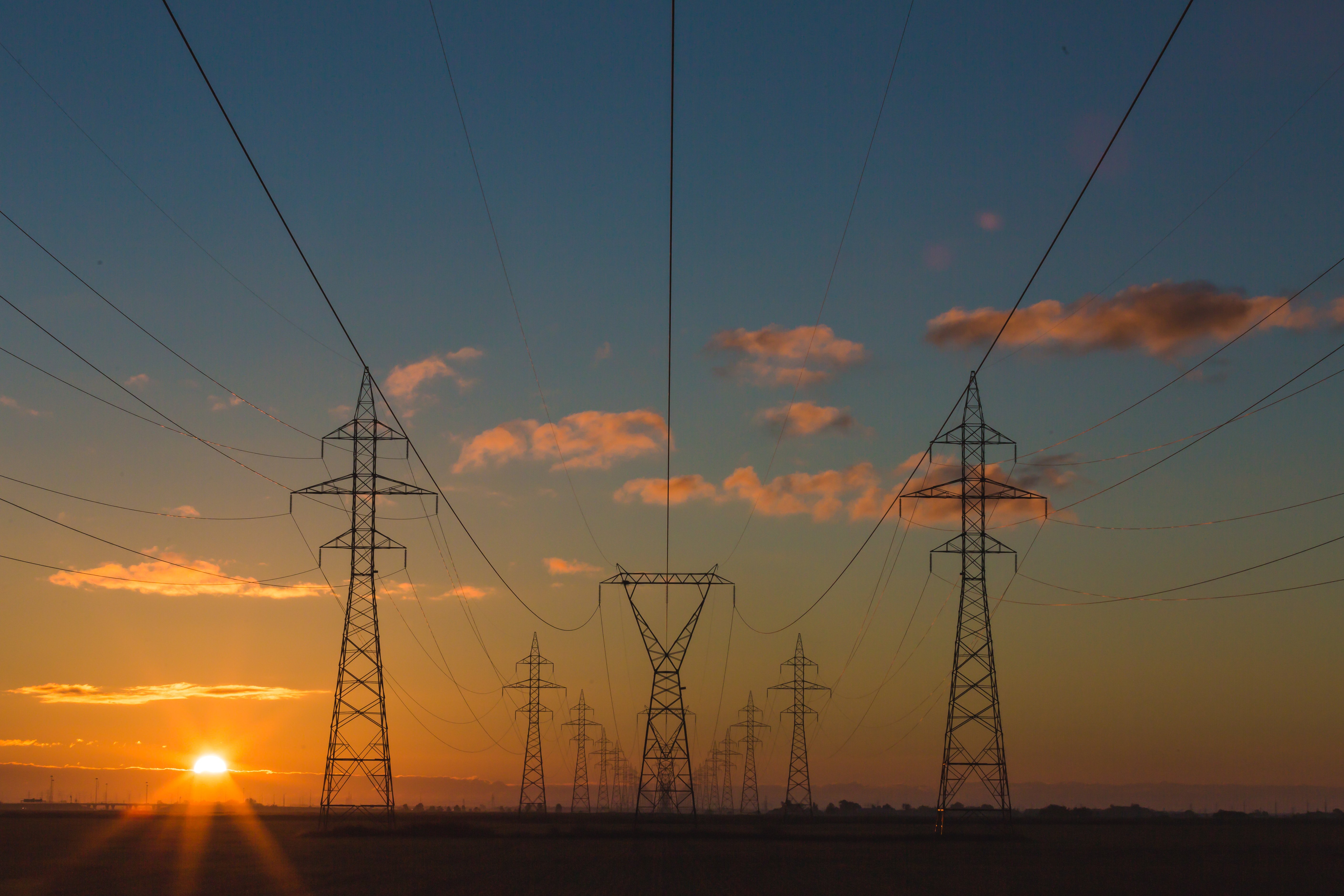What's the Least-cost Way to Lower Northwest Carbon Emissions From the Power System?
Study finds renewable portfolio standards not the best means to decarbonize the electricity sector
- January 17, 2018
- Carol Winkel

At the Council's December meeting, Therese Hampton of the Public Generating Pool and Arne Olsen of E3 presented an analysis on policies to decarbonize the Northwest power system. According to the study, the most cost-effective way to reduce carbon emissions is to replace coal generation with a combination of energy efficiency, renewable resources, and natural gas projects.
And although renewable resources are an important part of a low-carbon future, the study found that renewable portfolio standards result in higher costs and emissions compared to a policy that focuses directly on reducing carbon through incentives.
Renewable portfolio standard policies have spurred investment in wind and solar resources here in the Northwest and nationally, but it's also had some unintended consequences as well. Problems such as oversupply and negative wholesale electricity prices have been challenging for utilities, hampering their ability to reinvest in existing zero-carbon resources. And meeting decarbonization goals becomes much more difficult and costly should existing zero-carbon resources retire. Replacing 3,400 average megawatts of existing hydropower or nuclear generation would require nearly 5,500 megawatts of new wind and solar generation as well as 2,000 megawatts of natural gas peaking at an annual cost of $1.6 billion by 2050. Carbon-pricing programs have the advantage of returning revenues to the electricity sector to help pay for the cost of lowering carbon emissions.
The study also found that prohibiting the construction of new natural gas generation adds considerable cost while doing little to reduce emissions. Building new gas resources for capacity is part of a least-cost portfolio even while trying to lower emissions. The study recommends research to find the next generation of energy efficiency and noted that electric vehicles would reduce carbon emissions, but might increase costs in the power sector.



